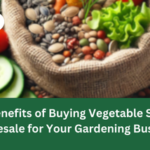Did you know that seeds can not grow at all if they are planted at the incorrect depth? Find out the precise depths that each vegetable seed requires to flourish and grow like a pro so that your garden doesn’t fail before it even begins.
One of the most crucial elements to a successful garden is planting your vegetable seeds at the proper depth. The seeds may dry out or be washed away if you plant too shallowly. Planting seeds at the right depth promotes stronger growth, quicker germination, and a larger crop.
However, how can one determine how deep to plant vegetable seeds? The precise planting depths for common vegetables are broken out in this article. Growing a successful vegetable garden is made easier with the help of these suggestions.
Why Depth Matters in Vegetable Gardening
The goal of planting seeds at the proper depth is to maximise their growth potential. Seeds that are buried too shallow may not receive enough moisture or may be impacted by the weather. They have difficulty pushing through the earth to reach the light if they are planted too deeply.
Depth has an impact on temperature stability, moisture retention, and the degree of weather or pest protection. Furthermore, depending on their size and growth patterns, different kinds of seeds have distinct requirements. Achieving this correctly contributes to robust seedlings and increased harvests.
General Principles for Planting Vegetable Seeds
Most vegetable seeds adhere to a few fundamental guidelines. Smaller seeds should be sown between 1/8 and ¼ inch deep. It is frequently necessary to bury larger seeds a bit deeper, perhaps half an inch or more.
Measure thoroughly before planting; a stick or ruler will help you maintain a constant depth. To ensure that you plant at the proper depth each time, clearly mark the rows or locations. Your chances of reaping a bountiful crop are increased by following these easy instructions.
Exact Depths for Popular Vegetables
Leafy Greens (Lettuce, Spinach, Kale)
Growing quickly, leafy greens have to be buried in a thin layer of soil. It is often recommended to put lettuce seeds only 1/8 to ¼ inch deep. The needs for kale and spinach seeds are comparable.
For optimal results, adhere to the directions on the seed packet. To prevent crowding and know how deep to plant vegetable seeds, trim out seedlings as soon as they emerge. Thin plants maintain nutrient focus and develop more healthily.
Root Vegetables (Carrots, Beets, Radishes)
Planting depths for root crops should be a little deeper. For instance, carrots thrive at a depth of ¼ to ½ inch. Radishes and beets are also about ¼ to ½ inch. Here, the texture of the soil is crucial.
Dense clay soils may demand a slightly deeper cover, whereas sandy soils may require shallower planting. Planting too deeply might result in malformations like forked carrots or malformed roots. Straight, smooth roots are guaranteed at the right depth.

Legumes (Peas, Beans)
With average planting depths of 1 to 2 inches, legumes like beans and peas are simple to grow. For example, for optimal germination, peas should be planted between 1 and 1.5 inches deep.
Varieties may require minor modifications. After sprouting, climbing peas and pole beans may require assistance. Give seeds a strong trellis or posts to grow on and plant them at the proper depth.
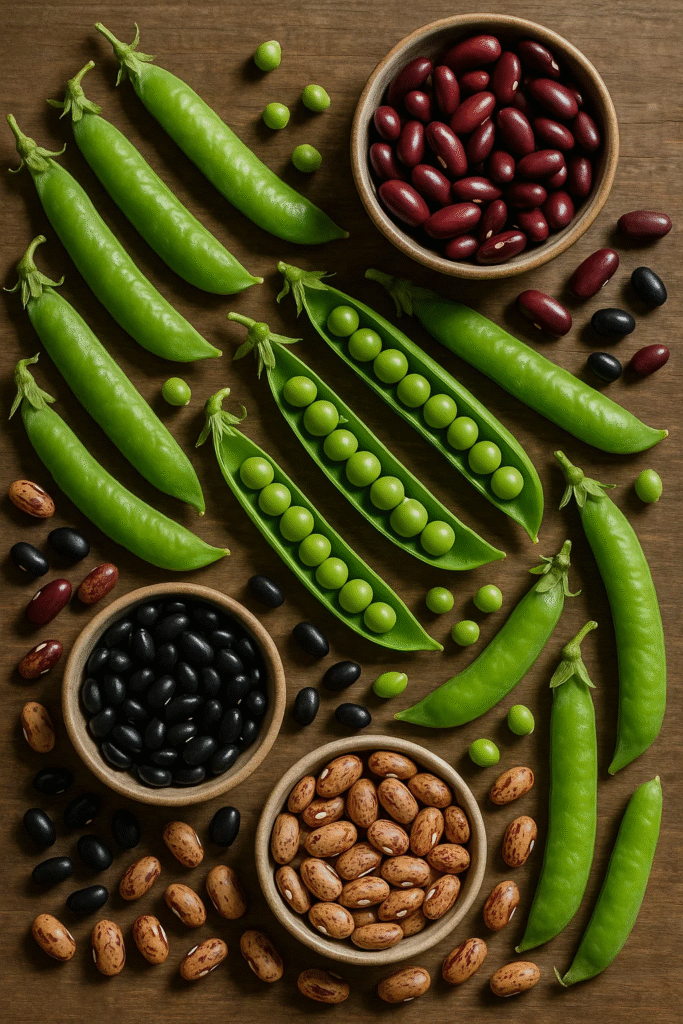
Nightshades (Tomatoes, Peppers, Eggplants)
The sensitivity of nightshade plants is slightly higher. Pepper seeds can be planted a little deeper, around ½ inch, than tomato seeds, which should be planted about ¼ inch deep. Additionally, eggplants like a depth of ½ inch.
When transplanting seedlings, be careful not to plant them too deeply, as this can cause root rot or stunted growth. Although direct seeding can be done in warm areas, most gardeners find that beginning indoors and then transplanting works best.
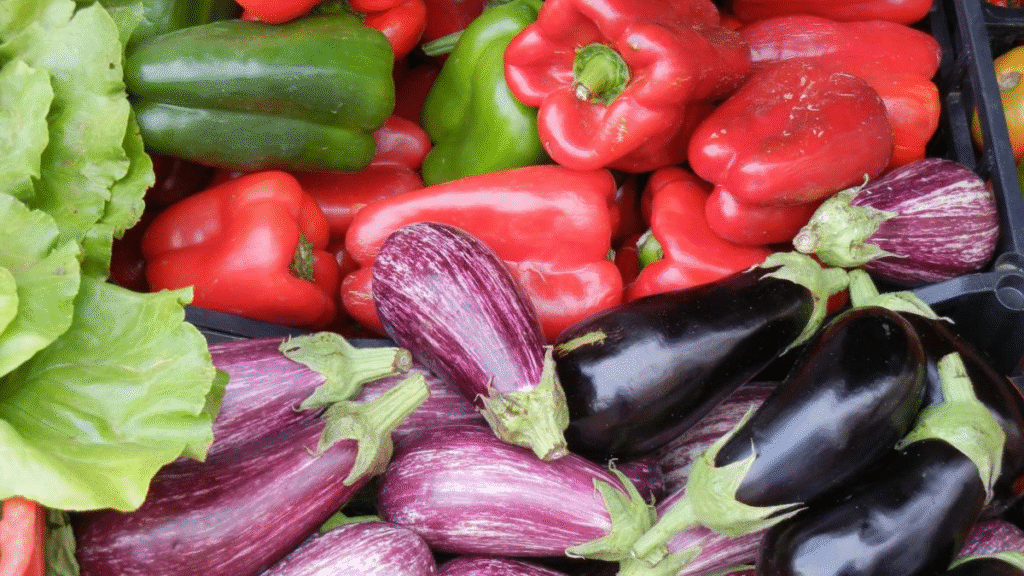
Cucurbits (Cucumbers, Squash, Melons)
Melons, cucumbers, and squash are examples of cucurbits that typically require one inch of soil. Without being too deep, this depth offers sufficient moisture for germination.
Successful seed sprouting is facilitated by well-prepared soil that has enough drainage. Plant the seeds at this depth if you intend to sow them directly, and then water them gently. Starting indoors and then moving seedlings outdoors is another method of transplanting.
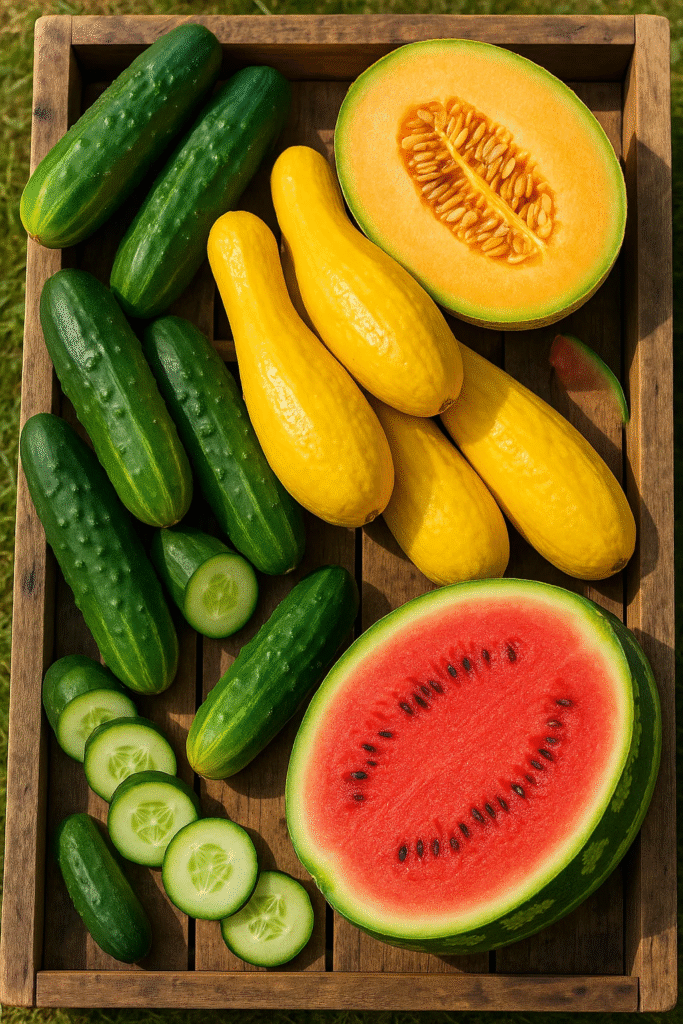
Brassicas (Broccoli, Cauliflower, Cabbage)
Compared to leafy greens, brassica seeds prefer a slightly deeper planting. Planting at a depth of approximately ½ inch is generally effective. Enough soil cover is necessary to keep the seeds warm and wet until they sprout.
Make sure the soil remains uniformly moist and maintain appropriate spacing when planting in tiny trays or beds. Because brassicas prefer cool weather, timing is crucial, so schedule your planting appropriately.
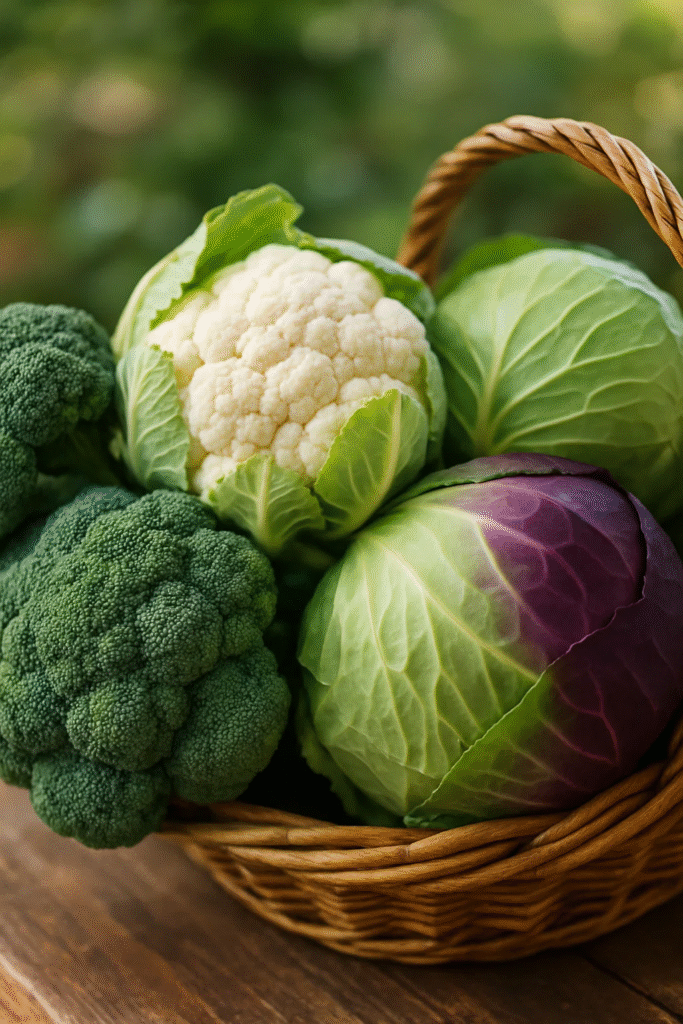
Special Considerations for Different Soil Types and Conditions
Seed depth is significantly influenced by the kind of soil. It might be necessary to sow seeds a little deeper to keep them moist because sandy soils drain quickly. Planting at a constant, slightly shallower depth can help since clay soils hold onto water, but can prevent sprouting if they are overly compacted.
Standard planting depths are typically needed for loamy soil, which provides a nice balance. When growing in containers, be sure to modify the depth according to the soil volume and container size. To determine how deep to plant vegetable seeds, consider temperature and moisture content; shallower planting is typically preferred in colder or drier climates to increase germination rates.
Expert Recommendations and Common Mistakes to Avoid
For optimum accuracy, many horticultural experts advise carefully following the directions on seed packets. Since seeds are tested under those conditions, it is advised to plant seeds at the depth specified on the seed packet.
Planting too deeply is a typical error that can keep the seed from breaking the surface. Planting too shallowly, on the other hand, may expose seeds to pests or drying winds.
Mark how deep to plant vegetable seeds with basic implements like toothpicks, sticks, or even a half pencil. Maintain row organisation to reduce uneven germination and ensure uniform spacing.
Practical Tips for Planting Seeds at the Correct Depth
- To measure depth precisely, use common household items such as dowels, skewers, or toothpicks.
- To ensure equal planting, mark rows or planting locations with rope, stakes, or spray paint.
- Don’t suffocate the seeds; just lightly cover them with dirt. Then, water gently to help the soil settle.
- If you’re not sure how wet the soil is, use a moisture meter to make sure the seeds stay damp but not soggy.
- To promote rapid sprouting, keep the soil continuously moist during germination..
Conclusion
Your chances of a successful garden are increased when you know how deep to plant vegetable seeds. Every vegetable has different requirements, so always refer to the seed packet for detailed instructions.
Keep in mind that the ideal depth depends on the seed size, soil type, and environment. Take meticulous measurements, heed professional advice, and make any adjustments.
Are you prepared to start cultivating your garden? Because good roots begin with appropriate planting, use this guide to plant your vegetable seeds at the exact depth required for each species. To ensure you always know the precise depths when it’s time to sow, bookmark this page or print it off!



